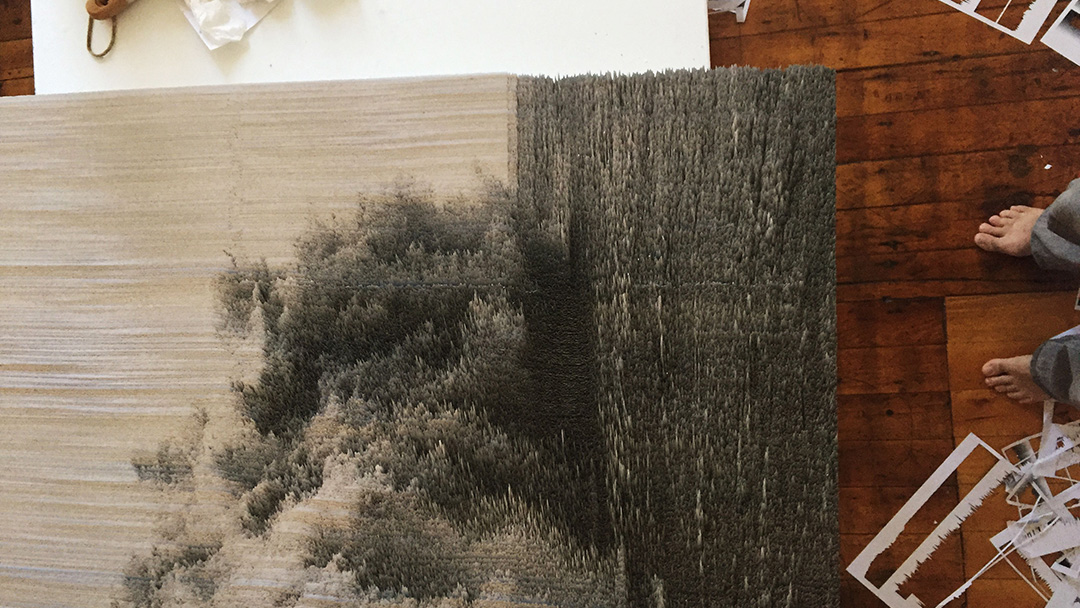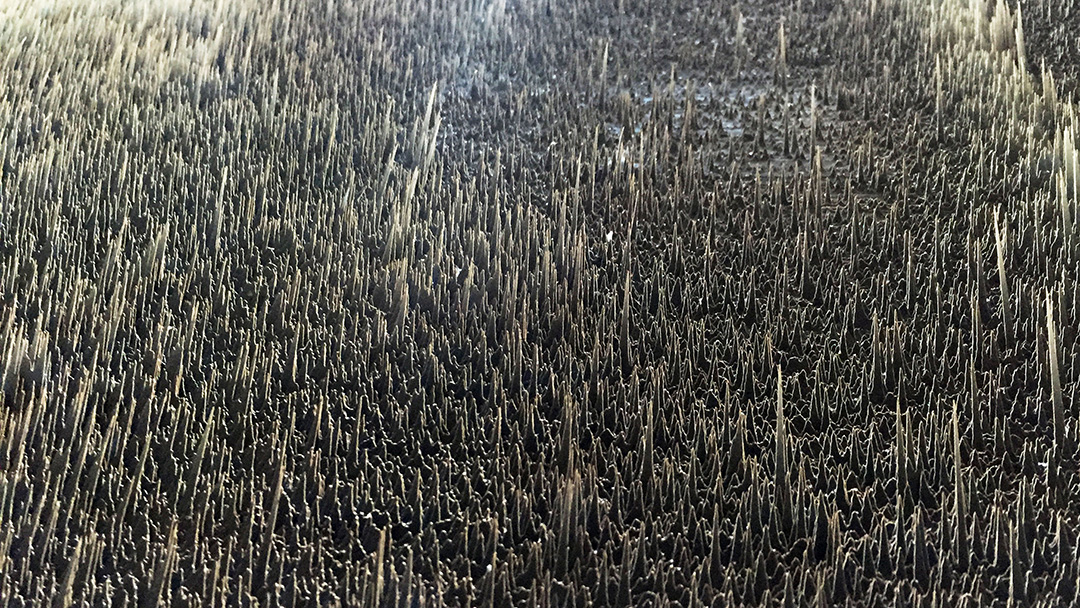 GENERAL AWARD
GENERAL AWARD
Typhoon I

Category : GENERAL
By Michael Koehle (United States)
This is an image of a wave generated by a typhoon transformed into a relief made of paper strips. The force of the wave is felt in the spikes and physicality of the paper.
My current body of work is in an investigation of water. This investigation is a proxy for understanding the effects of climate change. The changes to our environment are potentially so vast, they are incomprehensible. But by studying a raw material of these changes, water, I feel I am able to metabolize what these phenomenon might feel like. I’ve learned a lot about the nature of water – its index of refraction, the attenuation of light in water, chemicals that can slow its evaporation, which dyes dissolve completely, how to simulate it using particles. Making work that explores water’s vastness, multiformity, and strangeness help me feel like I understand the shape of the changes ahead.
This was made using custom written software to translate the columns of an image into a topographic cross section, based on grayscale values. Each of the thousands of strips is printed with a gradient and cut with a laser cutter. The strips are folded and glued to a panel.
Paper, PVA glue, wood panel.
60 x 38 x 2 inches, 18kg.
JUDGES, COMMENTS
-
Satoshi Yoshiizumi
TAKT PROJECT Inc., Representative
Designer/Creative DirectorWhile this entry is created based on digital fabrication and digital data, I was strongly attracted to how it emphasizes strength in a physical sense.
As long as we are physical humans, we certainly cannot ignore the sensation that physical objects elicit. The stunning and overwhelming appearance of an absurd number of laminated sheets of paper allows the viewer to vividly experience the invisible force of nature that is climate change, leaving a deep impression on the viewer.
We (the YouFab Judges) collectively appreciated how the novelty of the technology cannot be misinterpreted as the strength of the work; rather, the technology is sublimed in such a way as to become a raw material of the work's strength.




